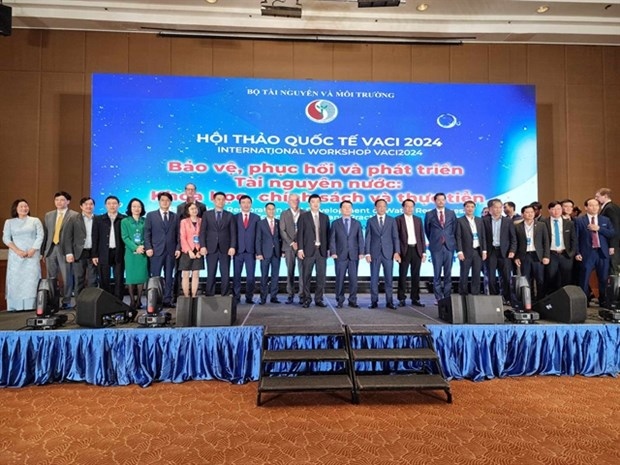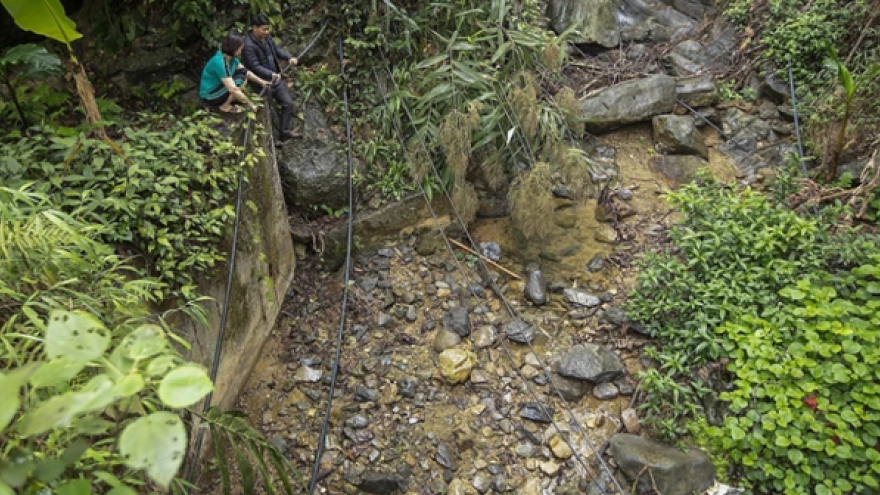Measures to protect, restore, develop water resources in Vietnam discussed
Climate change, sea level rise, saltwater intrusion and unsustainable water use fuel the water scarcity risks in Vietnam, said Tong Ngoc Thanh, director general of the National Centre for Water Resources Planning and Investigation (NAWAPI).

At the workshop "Protection, Restoration and Development of Water Resources: Science, Policy and Practice" on March 15, he highlighted that to deal with the situation, Vietnam has enacted the revised Law on Water Resources 2023 to change the way the country manages its water resources, improving the efficiency of water use and curbing water pollution.
"Under the law, water resources will be considered as a public property owned by the people, and the State will be the representative of the owners," said Thanh.
Nguyen Chi Nghia, director of the Northern Division for Water Resources Planning and Investigation, underlined the pollution problems in many rivers in big cities in Vietnam.
He attributed the problems to urbanisation, which prevents rainwater from infiltrating the ground and makes it run into drainage systems where it mixes with wastewater and flows into the water bodies.
The director suggested a four-step measure to restore the polluted rivers with the first involving identifying the causes of river degeneration in big cities and the next setting restoration objectives.
Anke Steinel, senior BGR hydrogeologist at CRMGG Project, said the Mekong Delta faces several water resources challenges.
The first challenge involves the increase in surface water salinity, which is caused by tidal effects reaching further inland due to sand mining and the change in discharge pattern due to dam construction. Another challenge is climate change, which impacts indirectly on groundwater demand and directly on surface water.
Felix Dörr, expert in land subsidence from Postdam University, said the subsidence observatory installed by his team in Ca Mau province found that the causes of land subsidence could be the dynamics of the groundwater level and precipitation changes.
Within a depth of between zero to 13m, a land subsidence of 0.7mm was observed between December 2022 and April 2023. The team also saw a little subsidence between 35 and 84m, and even more happening below.


